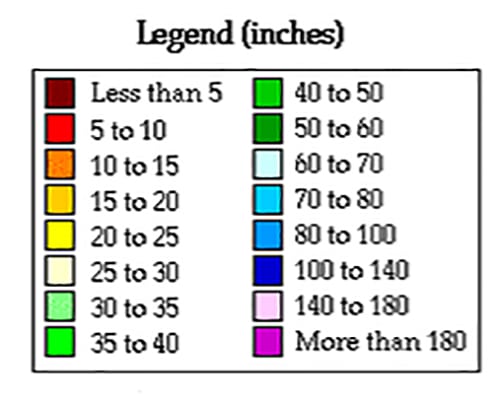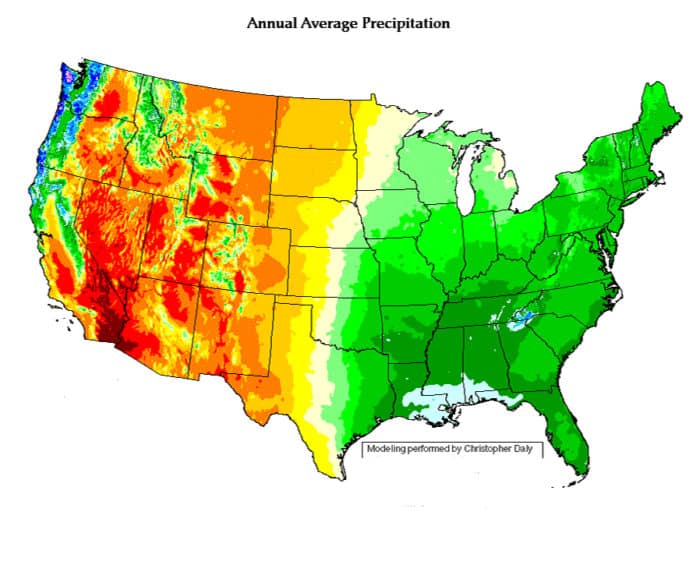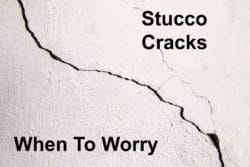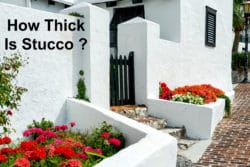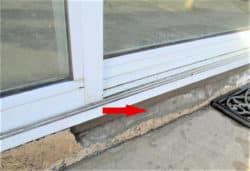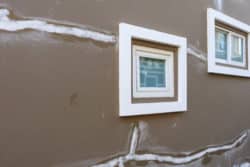Is Stucco Waterproof | Does Stucco Leak
Homeowners should know if their stucco is waterproof or if their stucco leaks.
It depends on the type of stucco, for instance, is it Traditional stucco or EFIS synthetic stucco. If it is Traditional hard coat stucco, then it is considered water resistant. If it is EFIS synthetic stucco, then it is considered non-permeable.

Traditional Stucco hard coat walls are not waterproof – They are “water resistant”
Many homeowners think that their Traditional stucco walls are waterproof, but they are not, they are water resistant, therefore, even if there were no cracks in the stucco wall itself, moisture would still penetrate into the wall. However, if the wall is constructed properly, there is usually not much of a concern, for the moisture doesn’t reach the studs, insulation or the interior of the home.
EFIS synthetic Stucco – Considered non-permeable
An EFIS synthetic stucco wall is considered a system with different layers. The actual synthetic stucco is usually about 1/16 of an inch thick and is considered non-permeable and acts as a barrier that will not allow water to pass through it. However, if not installed properly or cracked, water will penetrate into the wall. Visually, both Traditional stucco and EFIS synthetic stucco look the same to an untrained eye. (Learn how to tell the difference)
In reality, whether the cladding on a home is stucco, brick, vinyl or wood; none are really waterproof, just water resistant to one degree or another. The difference in how water resistant they are depends on the design of the wall system or assembly and the quality of workmanship.
Traditional Stucco acts as a “Reservoir”
Stucco is what’s called a reservoir cladding, a siding material that can absorb water and store it. Thus, we know stucco is not waterproof, but more like moisture resistant to a degree. When it rains stucco will absorb water and it migrates through the stucco by capillary action. This is one reason in having a path for water to escape and not get trapped in the wall is so important. In a Traditional hard coat stucco application, there is usually a drainage plane where the water can run down the drainage plane and escape through the weep screed.
So having a weep screed and one that is not blocked is essential in most applications. Once water has migrated into the stucco, it can escape through the weep screed or it may leave the wall through evaporation to the exterior. When there are hot, sunny days with a breeze this process takes place quite rapidly. However, there is an exception; if the stucco has been painted with an elastomeric paint, then it may be blocked from evaporating back out through the stucco.
If the stucco is an EFIS synthetic stucco system, then there is no reservoir, and if moisture gets behind the stucco and there is no drainage plane, it cannot evaporate or drain out. That is a problem.
Rain and Climate Regions
You may find stucco homes all across the U.S but they are more common in certain climates and regions. They are more prevalent in the Southwest where there is a hot, dry, desert like climate, as well as in states like Florida and Texas, however, you will find them in wet and cold climates as well.
The more stucco is exposed to rain, storms, snow, ice, and high humidity, the higher the possibility of having moisture issues. This is one of the reason we see more stucco homes in some parts of the country than other parts.
How does moisture get into a stucco wall?
The main ways are:
Cracks. Not all cracks allow moisture thorough the stucco. It depends on the type and depth of the crack; however, cracks are one of the more common routs for moisture intrusion.
Traditional Stucco is Porous. Unlike glass and most plastics materials, moisture can permeate through Traditional stucco in both directions. Contractors say it “Breaths” which is actually a positive thing about Traditional stucco, because it allows moisture and vaper to escape outwardly thorough the stucco on warm or hot days. It helps the wall cavity to dry out.
Flashing. A homes exterior has many areas with flashing; windows, doors, balconies, decks, etc. usually have flashing. Flashing is normally thin sheets of metal or other waterproof materials, configured to guide water away from an area, that would otherwise have a space or gap where water would enter the house or wall. If the flashing is bent, damaged or missing, there is a high probability of moisture seeping through.
Gaps around pipes, etc. If there are gaps around where gas lines, water pipes and hose bibs, as well as where electrical conduit run though a stucco wall; then moisture will seep in. The same is true with exterior electrical outlet boxes and light fixtures.
Windows and doors, not flashed, sealed or caulked. One common issue with nearly all homes is that overtime caulking has dried out or deteriorated, sometimes it has shrunk, fallen out or cracked. Thus, moisture may enter the wall. (Learn what to check with windows and doors to prevent moisture intrusion.)
Water vapor transmission. Water vapor may travel though a wall both outwardly and inwardly in a Traditional stucco wall, depending on the temperatures and humidity. In some climates this is a serious issue and others, it is minor. The design of the wall assembly and materials used play an important role. The basic concern is usually warm moist laden air moving from the interior of the home, though the wall to the exterior. When this air hits a cold surface, i.e. a cold stucco wall in the winter, condensation occurs and then you have moisture in the wall cavity or assembly. This leads to problems if there is no way for this moisture to safely travel to the exterior and not get trapped, for if so, mold or dry rot may develop, especially over many seasons or long periods of time.
Yard and planter sprinklers. Yard and planter sprinklers often spray against stucco walls. This regular wetting of the walls by sprinklers over time will soak into or penetrate the stucco and may cause damage. Should you have an enclosed planter where one side is the actual stucco wall itself, then water may seep from the planter into the wall.
How serious is it if moisture gets into a stucco wall?
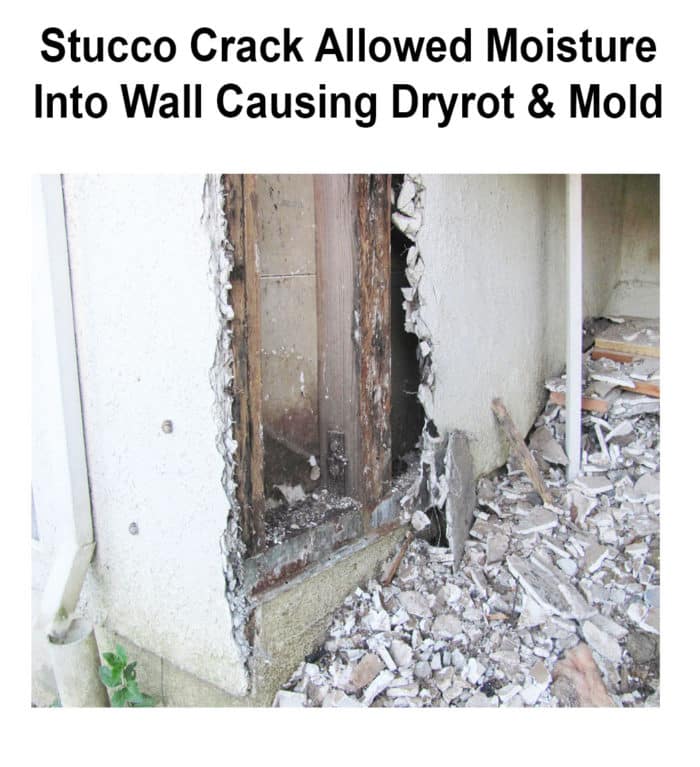
If water gets trapped and remains in a stucco wall over a long period of time, there is higher probability of costly repairs and serious damage, verses if there is only a small amount of moisture or the moisture is only in the wall for a short time.
Stucco damage
When exposed to extended periods of wetness, Traditional stucco may deteriorate, start to flake off in layers or chunks, crack, and stains, blisters and efflorescence may appear. The stucco can also lose much of its strength and durability.
Mold and Mildew
Mold grows well in dark and damp locations and mold may start to grow, often in just a few days or weeks. This can be a health concern or hazard for many homeowners, especially those with respiratory or allergy issues.
Dry rot or wet rot
Moisture in walls may cause wood framing members to deteriorate or rot. Over long periods of time this may lead to framing members needing to be replaced.
Structural integrity
Wood deterioration can undermine the structural integrity of a wall: headers, beams and other framing members can fail. Usually, moisture intrusion does not lead to this the majority of time, because it will often be discovered before conditions get this bad. However, it is wise to check your stucco once a year for crack and gaps where moisture can penetrate.
Substrate damage
Many homes have plywood sheathing or OSB for a substrate that the stucco cladding is attached to. Often the plywood or OSB substrate serves as a shear wall as well. Shear walls increase the structural integrity of the home to stand up to wind and seismic activity.
Insulation and drywall damage
If there is too much moisture trapped in a wall or it does not drain properly, and there is no proper moisture barrier protecting the insulation and drywall, then the insulation may get wet as well as the drywall damaged.
Rust issues & metal corrosion
Rust and corrosion is detrimental to metal fasteners, like nails and screws, or on framing hardware that helps hold beams and post together, or on bolts and metal hold-downs that secure your home to the foundation in storms and earthquakes.
Rust stains by stucco cracks or rust on metal weep screed, metal lath and metal flashing are a warning sign of moisture issues.
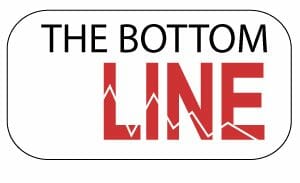
Homes built today, whether they are Traditional stucco, EFIS synthetic stucco system or a “One” coat stucco system, typically are required by code to have a drainage plane of some type and a WRB (water-resistive barrier) to help control the problems of moisture intrusion. However, many homes do not have proper drainage planes or WRB’s because of the codes at the time they were built or workmanship. Moisture in a home’s wall may cause mold, dry rot and structural damage. Failure to maintain the stucco, including sealing or repairing cracks can lead to costly repairs and health issues
